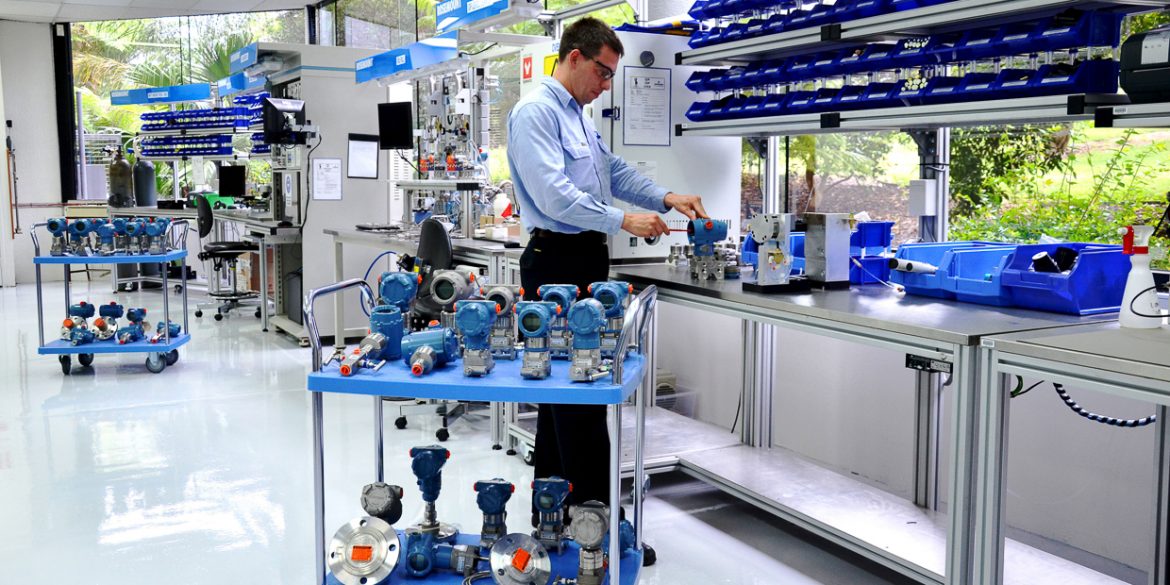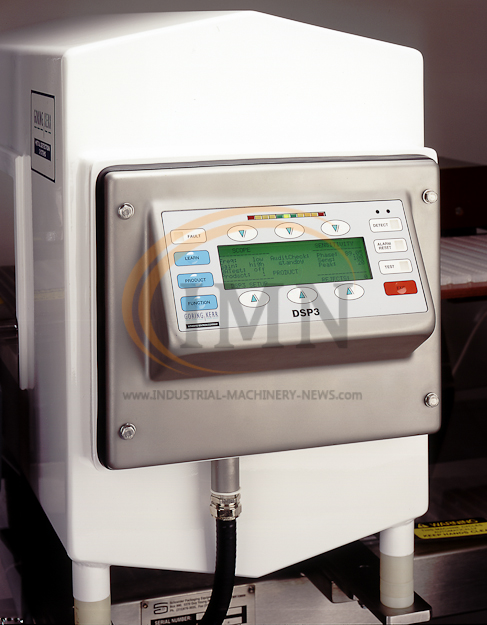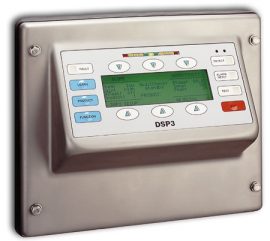All brands of metal detection equipment operate basically the same. They detect and reject contaminated product, typically automatically, from the processing stream. The specifics on the metal detector setup and operational setup range by application.
How to test a metal detector?
In today’s processing environment’s either for food, pharmaceutical, bulk and powder or with slurries there are three basic application configurations.
Conveyor Metal Detectors
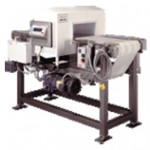
Conveyor metal detectors are grouped in to two types, automated and non-automated. The first type, automated conveyor metal detectors, include a reject device that automatically removes the contaminated product. The most common reject devices used with conveyor systems are as follows:
Conveyor Metal Detector Reject Devices
- Air blast
- Kicker
- Diverter (sweep arm)
- Retracting nose (retraction device)
- Drop nose
- Over head sweep arm
Gravity Feed Metal Detectors
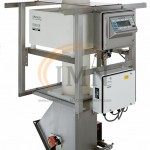
Free flowing products such as dry ingredients, spices, sugar, grain and flower or plastic pellets often flow with the aid of gravity. These gravity feed systems can easily incorporate a metal detector, such as the Goring Kerr Model 402, to detect and reject low cost materials. For this system it is most common to have an automated rejection system to remove the contaminated material. Manual rejection will require the complete removal of a bag, bin or batch of product as metal containment’s are virtually impossible to see with the naked eye.
Things to consider when testing a gravity metal detector
- Distance which product free falls to metal detector
- Distance from metal detector sensing head to rejection device
- Air flow capacity to rejection system
- Angle of repose for all products
- Reject bin capacity
Pipeline Metal Detectors

Liquid slurries are also good locations to place an in-line metal detection system. Typically the cost of production at these locations is low and the quantity of rejected materials are also low. Common products include liquid soups, salsa, meat slurry, animal fat, cheese and pickles. Each of these products have different characteristics and require specific setup and testing.
What to consider when testing a pipeline metal detector?
- Product flow throughout the pipe
- Surge capacity and speeds
- Temperature
- Ability to insert test material in to flow
- Reject valve operation
All of these applications have unique requirements and testing consideration. Goring Kerr has provides in many of there installation and operational manuals instructions specific to these applications. Reading and following your specific instructions is critical to the overall performance of your metal detection system.

